Clipart tagged: ‘date’

Date Palm
"A genus of palms, the most important species of which is the common Date Palm, the Palm Tree of Scripture,…

Date Palm Leaf
An illustration of a portion of a date palm leaf. The Date Palm (Phoenix dactylifera) is a palm in the…
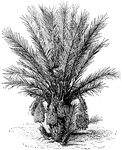
Deglet Noor Date Palm
Illustrated is a deglet noor date palm that is about eight years old with offshoots and ripe fruit.
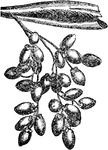
Dates
An illustration of the fruit of a date palm, a date. The fruit is a drupe known as a date. They are…

Date Palm of the Lower Euphrates
Also known as Phoenix Dactylifera. The date palm tree is one of the oldest fruit trees in the world.…

Date Palm
"Date Palm is a genus of palms, the most important species of which is the common date palm, the palm…
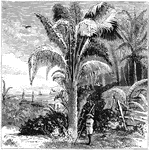
Date Palms
The Date Palm (Phoenix dactylifera) is a palm in the genus Phoenix, extensively cultivated for its edible…
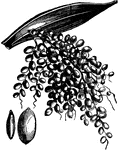
Date Tree
"The date is the fruit of a tall and graceful palm which shoots up a single straight stem to height…

Colonel Washington and Mrs. Custis
George Washington meeting with the charming widow of Daniel Parke Custis, Mrs. Martha Dandridge Custis.…
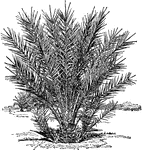
Young Date Palm
Illustrated is a young date palm with growing suckers or offshoots. It is native to North Africa and…


